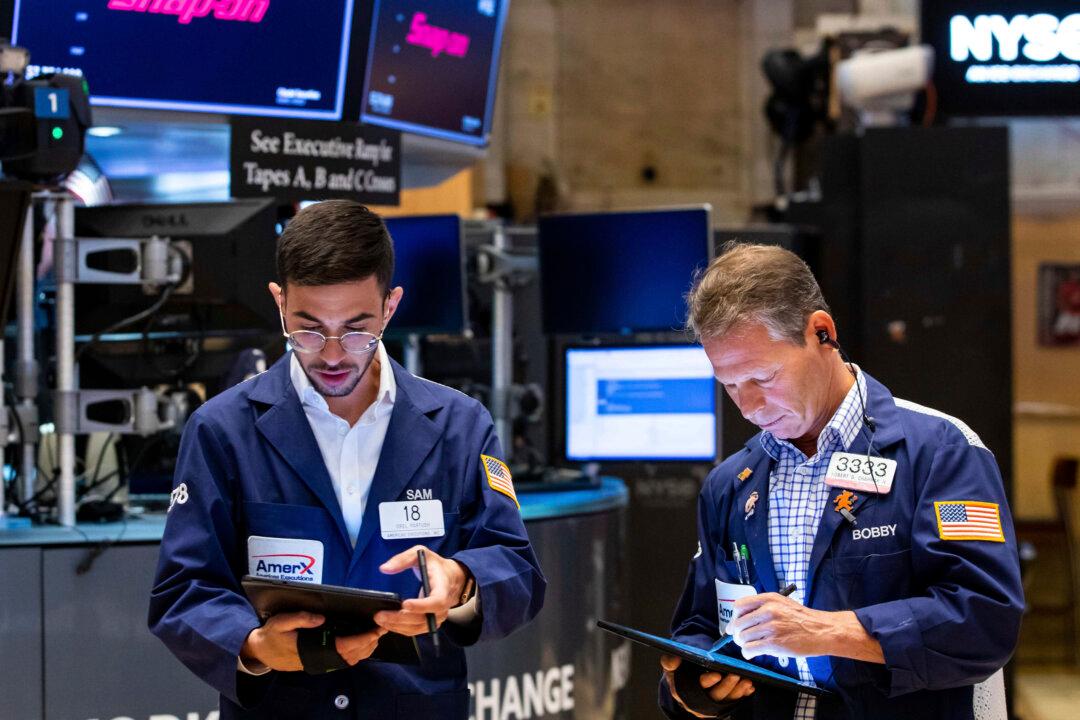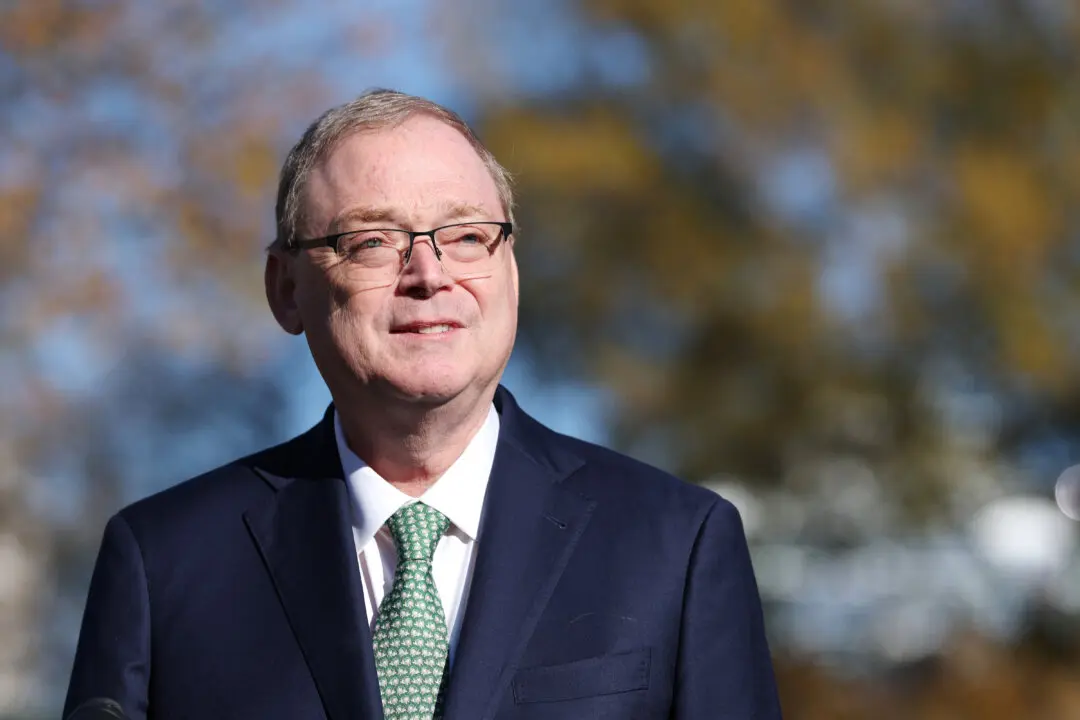A recessionary red flag was raised on June 13 when the yield curve inverted on the bellwether 2-year/10-year U.S. Treasury spread on expectations that the Federal Reserve might tighten monetary policy faster and further in a bid to tame soaring inflation.
The 2-year Treasury yields climbed above 10-year borrowing costs on June 13 for the first time since a brief inversion in April, with the gap falling to as low as minus 0.02 percentage points, Tradeweb prices showed.





